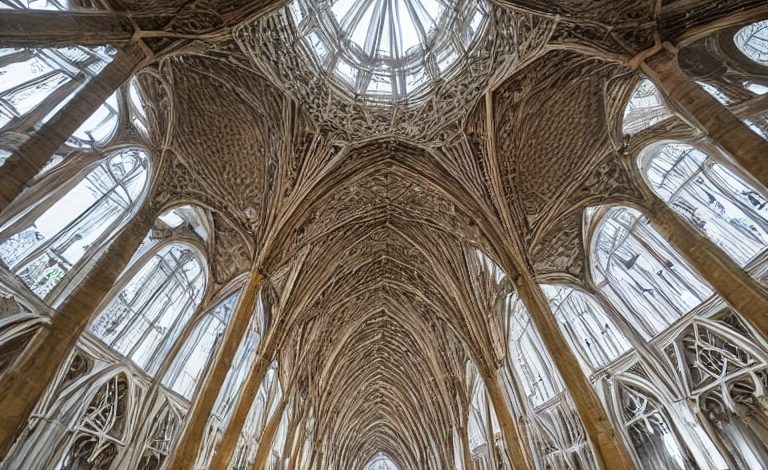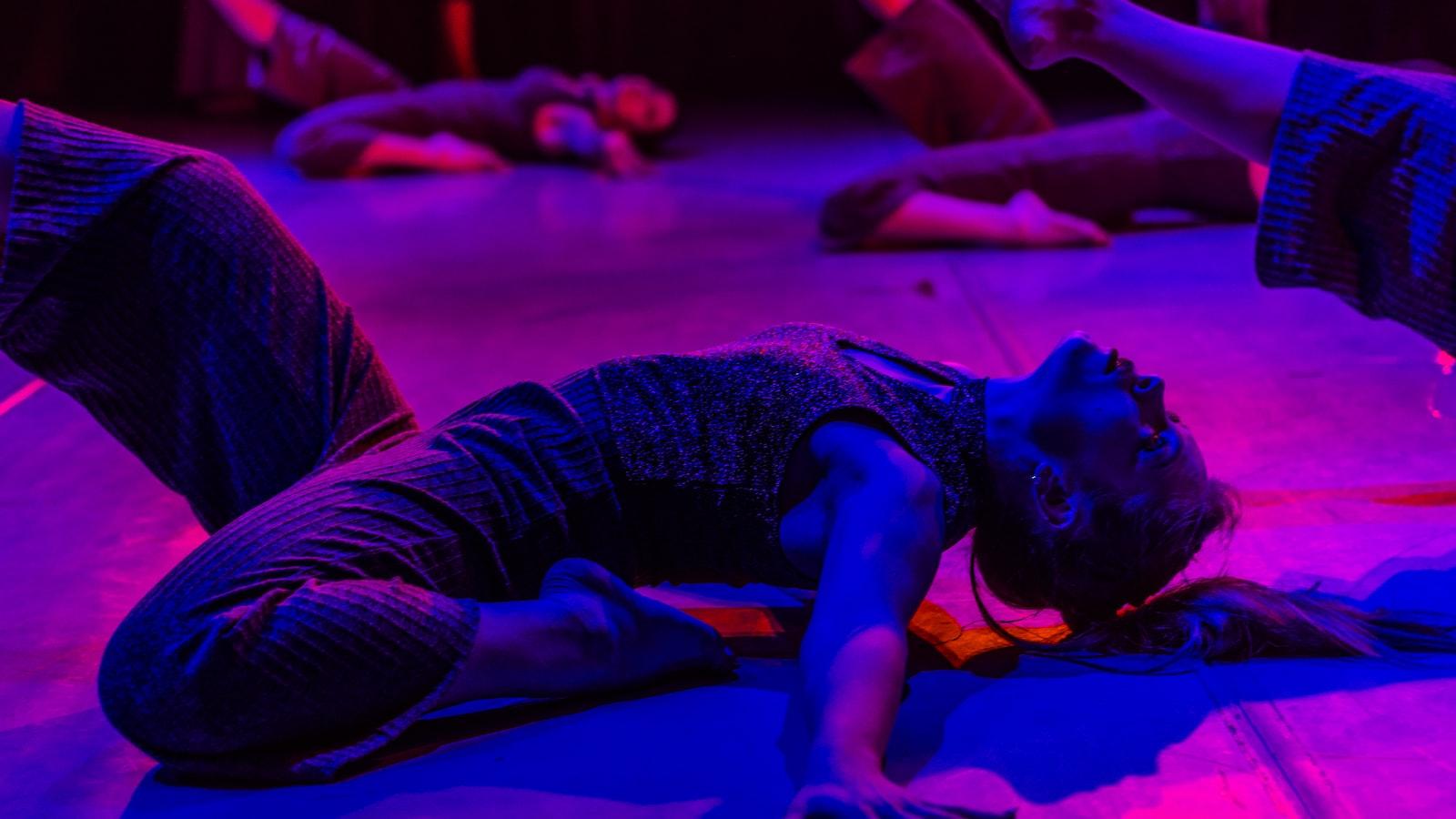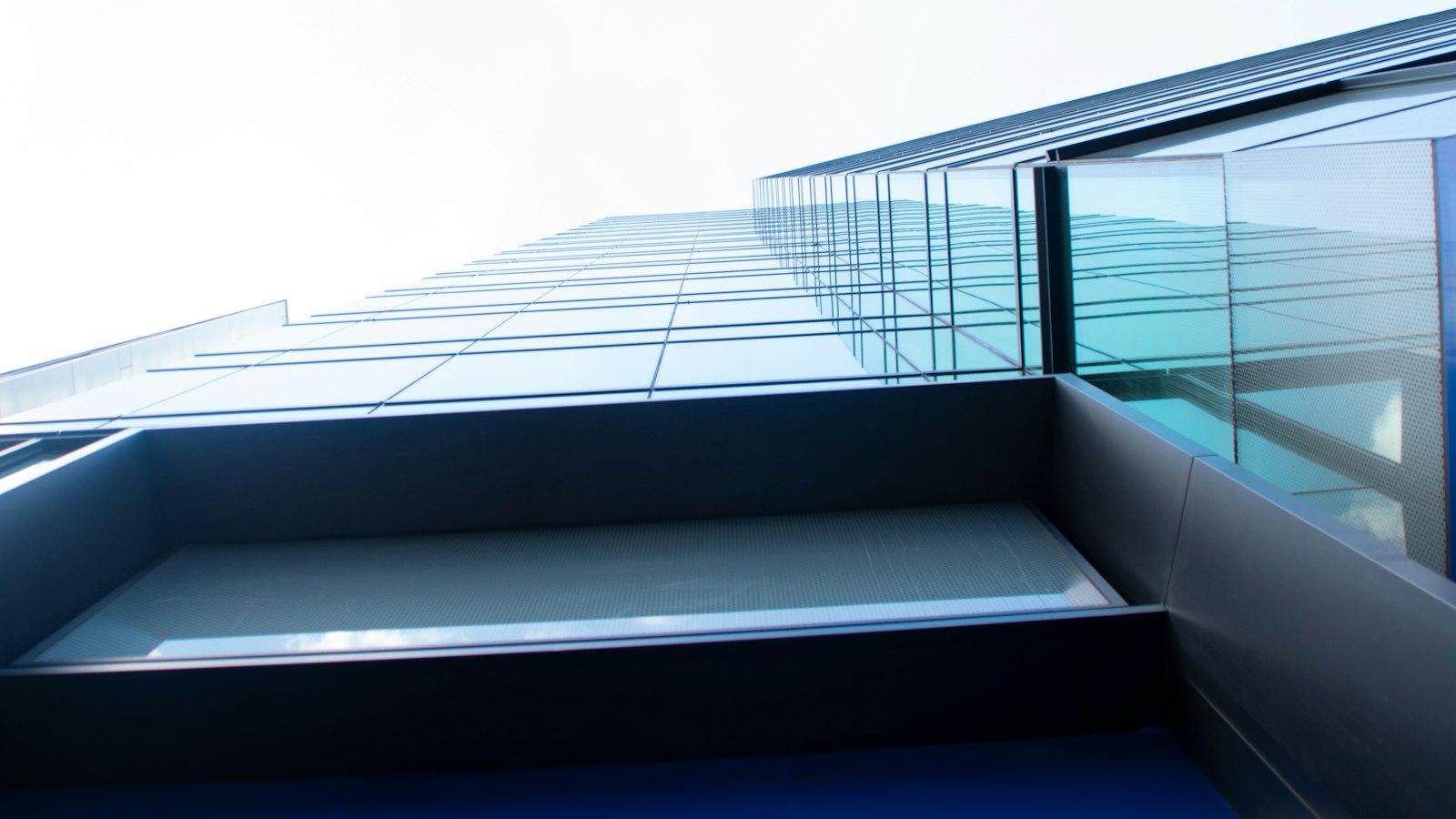Structural Ballet: Dancing through UK’s Architectural Marvels

Step onto the stage of Britain’s concrete canvas, where the buildings not only tower high but also narrate tales punctuated by the rhythm of history. Launch into a pirouette that swirls around architectural marvels gifted by Kings and shaped by genius architects; leap into an arabesque that gracefully traces the arc of centuries-old cathedralls, and land upon the polished floors of ultra-modern skyscrapers. In this exploration, we waltz through the rich tapestry of the United Kingdom’s built environment, a perfect backdrop for our performance titled ‘Structural Ballet: Dancing through UK’s Architectural Marvels’. Grab your ballet slippers, or perhaps your hard hat, and prepare for an unconventional grand tour where the design and dance meet to bring life to our stone and steel ancestors.

Exploring the Alignment of Dance and Architecture
In the world of contemporary art, dance and architecture represent two different languages. However, they intertwine in ways that are mesmerizing when dissected and understood. From the echoed symmetry between dancers in formation to the rhythmic pulsation of architectural pillars, this distinctive marriage paints an expressive tapestry of experience and aesthetic. On a journey through UK’s architectural wonders, every twist and turn, every arch and pillar, presents a captivating choreography that beckons the spirit of dance.
The Barbican Centre, a testament to Brutalist design, with its seemingly random mix of tower blocks, mazes, and an inviting lake, closely relates to improv dance. The carefully calculated yet unpredictable layout mimics the wild ebb and flow of improvisional sequences, allowing dancers to intuitively adapt to their surroundings and leap into the unexpected. Similar could be said about the iconic, swirling form of The Gherkin, which echoes the whimsical spins and pirouettes in ballet.
-
- Southbank Centre: This multi-venue arts hub, with its distinctly modernist design, mirrors the geometrical patterns of contemporary dance.
-
- Tate Modern: An old power station converted into an art museum, reflects the transformational quality of modern dance, while its vast, industrial halls resonate with the dynamism of grand group performances.
-
- Shakespeare’s Globe: The iconic round theatre, closely associated with the narrative twists and emotional undertones of classical ballet.
The congruence of dance and architecture reinvents our perception of space and motion. As we waltz through the labyrinth of UK’s finest architectural masterpieces, we gain new insights into the overlaps of seemingly different art forms.
| Building | Dance Style |
|---|---|
| Barbican Centre | Improv Dance |
| The Gherkin | Ballet |
| Southbank Centre | Contemporary Dance |
| Tate Modern | Modern Dance |
| Shakespeare’s Globe | Classical Ballet |

The Dance of Stone: Interpreting UK’s Iconic Landmarks through Ballet
The United Kingdom has been home to some of the world’s most iconic architectural feats. These structures, with their intricate designs and hundred-year-old histories, can be translated into expressive movements, graceful leaps, and purposeful steps of ballet. From the majestic Tower Bridge to the mysterious Stonehenge, each structure carries its unique allure that can be interpreted in the form of dance – a concept that’s both innovative and deeply artistic.
Stonehenge, the prehistoric monument in Wiltshire, for instance, has inspired a ballet that emphasizes synchronicity, circular patterns and ritualistic movements. The rigid, unchanging nature of its stones can be seen mirrored in the precise and calculated choreography. Now, let’s consider the Elizabeth Tower (often mistakenly called Big Ben), that clocks in grandeur and stability. This structure could inspire a ballet featuring strong, tall poses, intricate footwork depicting the gear system, and sweeping movements representing the chimes.
| Landmark | Ballet Interpretation |
|---|---|
| Stonehenge | Synchronicity, circular patterns, ritualistic movements |
| Elizabeth Tower | Strong, tall poses, intricate footwork, sweeping movements |
The dance interpretation of monumental architecture provides a nexus between two often disparate worlds – the static and towering world of architecture and the dynamic, sweeping world of ballet. Through this unique fusion, we can see how the iconic landmarks of the UK are not just stagnant structures but dance stages narrating stories of history, art, and human endeavor.

Bringing Structures to Life: Choreographing Ballet Inspired by Architecture
In a novel groundbreaking fusion combining the elegance of ballet and the firm essence of architecture, a dance troupe opts to channel the majestic spirit of the UK’s architectural wonders through their performance. Revered ballet performers transcend their traditional confines of theatres, finding their new stages in the historical buildings and modern masterpieces scattered across the United Kingdom.
For instance, The Shard, a spectacular 309.6-metre tall glass structure in London, inspires a dynamic and energetic choreography, echoing the building’s sharp, sleek silhouette. In contrast, the serene, well-balanced movements within the performance at St. Paul’s Cathedral evoke its artistic harmony and grandeur, capturing the timeless beauty of its Baroque architecture. Other architectural marvels, each with its own unique qualities, are reflected with equal verve and spirit in the expertly choreographed ballet performances.
-
- The British Museum’s Neo-classical style with its grand columns and detailed sculptures inspire a performance filled with bold, powerful movements.
-
- The Eden Project’s bubble-like biomes are mirrored in delicate dances with soft curves and fluid motions.
-
- The Millennium Bridge’s sleek, modern design is reflected in a cool, clean ballet sequence with sharp lines and swift leaps.
These architectural symbols brought to life in an explosion of dance, music and emotion, have given birth to what is now called Structural Ballet. This unprecedented concept not only revolutionizes traditional dance expressions but also offers a fresh perspective on viewing and appreciating the architectural marvels around us.
| Building | Inspired Performance |
|---|---|
| The Shard | Dynamic and energetic choreography. |
| St. Paul’s Cathedral | Serene, well-balanced movements. |
| The British Museum | Bold, powerful movements. |
| The Eden Project | Delicate dances with soft curves and fluid motions. |
| The Millennium Bridge | Cool, clean ballet sequence with sharp lines and swift leaps. |

Advice for Aspiring Dancers: Appreciating and Incorporating Architectural Elements
If you are an aspiring dancer, refining your craft starts by understanding that your stage isn’t limited to the traditional wooden floors and mirrored walls. Every surrounding, including the beautiful architectural masterpieces of the UK, can serve as an inspiring canvass to your dance. Let’s take a delve into some instance of unparalleled architectural aesthetics you can incorporate in your dance routine.
Historic Buildings: The UK flaunts an array of historical buildings, each with a unique ambiance and established in different ages. Dancing within these settings allows you to reflect and embody the spirit of the past. For instance, the gothic revival architecture seen in iconic edifices such as the Houses of Parliament can be interpreted through graceful ballet movements. This may include fluid arm movements symbolizing the soaring spires and pointed arches, or you could capture the drama of gothic architecture through sharp, expressive movements.
Modernist Structures: These buildings have a streamlined form and lack of ornamentation, a contrast to their Gothic counterparts. They serve as a wealth of inspiration for contemporary or experimental dance. The angular, clear lines of iconic modernist buildings such as the Trellick Tower or the Lloyd’s Building, can be translated into rigid movements and abrupt transitions. Experimenting with balance and off-kilter motions can mimic asymmetrical structures found in modernism.
| Building | Architectural Style | Reflective Dance Movement |
|---|---|---|
| Houses of Parliament | Gothic Revival | Fluid arm movements, expressive movements |
| Trellick Tower | Modernist | Rigid movements, abrupt transitions |
| Lloyd’s Building | Modernist | Balance and off-kilter motions |
To be an aspiring dancer means being open to all forms of inspiration, including architecture, and naturally incorporating them into the artistic expression of dance. By amalgamating dance with the grandeur of architecture, we do not only enrich our artistic voice but also create a more profound connection with our surroundings. So, the next time you’re out and about, don’t just see the architectural masterpieces around you, dance them.
Closing Remarks
As we pirouette through the final cadences of our dance across the UK’s architectural marvels, we linger on the last pose, awed and inspired by the waltz of steel, concrete and glass. We’ve twirled through history, seen the past spun alongside the present, and discovered unexpected choreography in the structures we often take for granted. Structural Ballet has allowed us to transform our conceptions of aesthetics, introducing us to the poetic symmetry of architecture, while gifting us the chance to traverse the sublime stages of UK’s built environment. May we continue to find new landscapes to dance through, marrying the rhythm of our bodies with the forgotten melodies of our surroundings. Till then, light-footedly, we bow before the grand stage of our architectural ballerinas, equally permanent and ever-changing. The dance may have ended, but the music lingers on…



